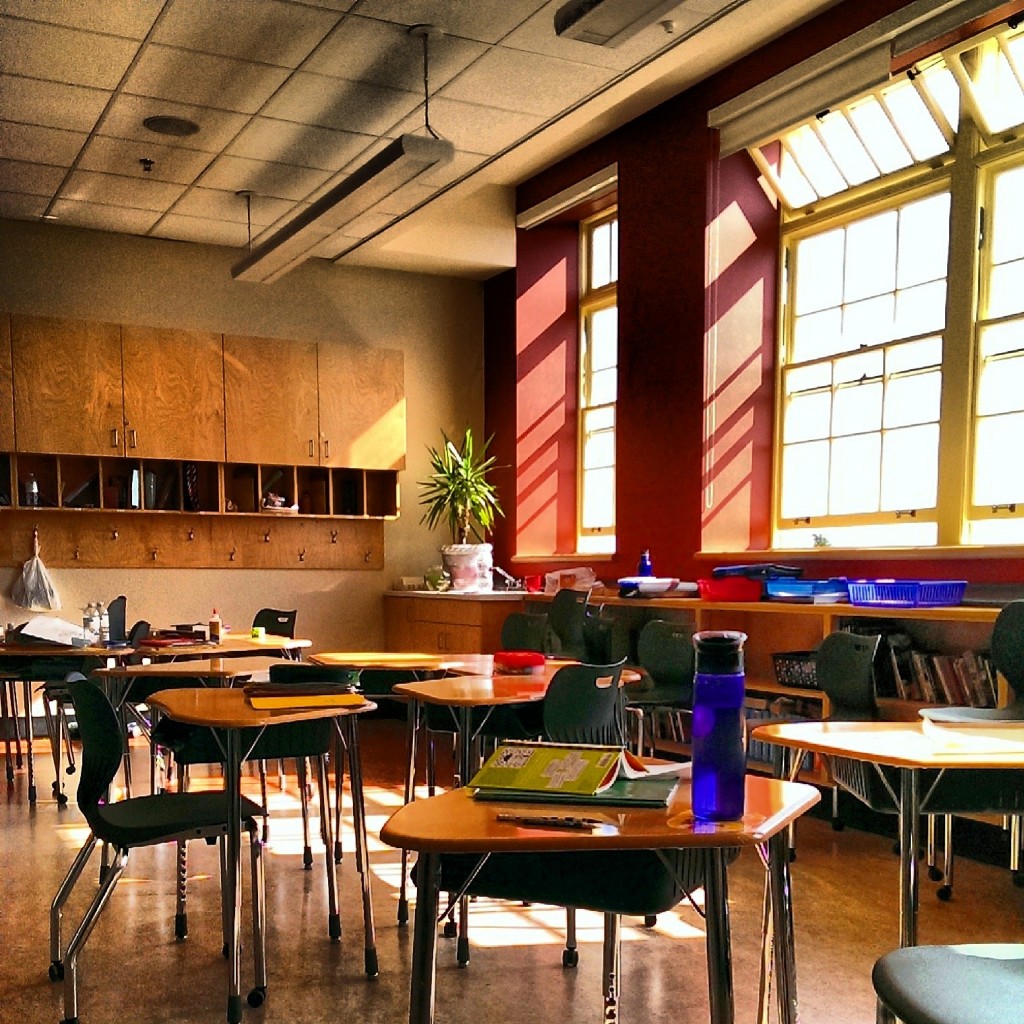Classroom Climate
A classroom should be a safe and caring community where all who enter feel safe to succeed, explore, share, make mistakes, and be authentic. I create a caring community in my classroom by being transparent in my expectations of the students, investing personal interest and attention beyond their academic performance, being prepared and organized in my lesson planning and execution, and by personalizing teaching/learning to engage learners of all backgrounds, needs, and abilities.
This reflects research that recommends teacher sensitivity, holding high expectations of students, being consistent and inductive, as well as being prepared (Bergin & Bergin, 2009). These practices promote secure, attachment-like relationships between students and teachers that have been shown to improve student achievement and social-emotional health.
Despite being a teacher by profession, I will also always be a student as I will never finish learning, growing, and improving my practice. More often than not, the positive experiences and successes will outweigh the things that don’t work, but I believe it is important during those moments of failure to model the ability to embrace mistakes for my students. My classroom is a learning community, and things aren’t going to go smoothly for myself or for my students all the time. Teaching students to embrace and grow from their mistakes is developed by encouraging students to think about their mistakes rationally rather than emotionally (Maats & O’Brien, 2014). By viewing mistakes as helpful indicators of where to focus deliberate practice, students can learn to not internalize their failures by seeing them as indicators of “not being smart enough.”
For example, a practice that I have found useful for preventing frustrations is by providing choice for my students, between actions that secure their basic needs: belonging, power, freedom and fun (Glasser, 2010). Problems and frustrations arise among students when these needs are not sufficiently being met. By being mindful of this and fostering the reasonable and stable satisfaction of these needs, students will be in a position to learn and take risks in a safe and supported way.
Learning to embrace and grow from mistakes helps students to trust themselves, but it’s also important for them to learn to trust one another, and the teacher. By co-constructing and laying out clear expectations and ground rules (e.g. Essential Agreements; “Class Contract”), students know what to expect and how to respond in almost any given situation in the classroom. This puts students at ease because there are few surprises that might upset them or cause anxiety due to uncertainty. Of course, knowing what to expect and how to respond appropriately according to guidelines does not ensure that students will always remember or choose what is appropriate. It is up to me, then, to be consistent, fair, and patient in upholding their class’s contract, as well as modeling what is in this contract, so that students can trust that any behaviour that goes against set expectations will be acknowledged and dealt with a fair and timely fashion. In this way, students learn to trust that I am always doing my best to maintain an environment that is safe, caring, and supportive, and learn to encourage one another to do the same.
Social Emotional Learning in the Classroom
Social Emotional Learning (SEL) practices promote self-awareness, self-regulation, problem-solving skills, and empathy (Norris, 2003). In an education system that is becoming increasingly diverse, it is crucial that students and teachers have the skills to learn and co-exist compassionately and respectfully. SEL teaches students how to listen effectively and work cooperatively. It does not downplay differences – our uniqueness is a source of strength and creativity. Rather, SEL teaches students how to respond to, honour and value one another’s differences. Our world/reality is composed of completely neutral stimuli, and these stimuli only develop meaning when we impose our perceptions and emotions onto them. Self-awareness gained through SEL helps us to realize this and take control of our thoughts, actions, and reactions, creating a more empathetic and productive learning climate.
I foster Social Emotional Learning (SEL) in the classroom through informally checking in with students individually, in small groups, and as a class to assess how they’re doing beyond what I see in their academic work. It’s important to know your students by getting to know their interests, passions, strengths, weaknesses, and getting a semblance of what their lives are like outside of school.
The Physical Environment
In terms of the physical classroom environment, I am inspired by the Reggio Emilia approach, which identifies the classroom as “The Third Teacher” (OWP/P Architects et al., 2010). Incorporating natural materials like wood and stone, capitalizing on natural light, having predominantly neutral, earth-toned colours in the room and on the walls, and using wall space primarily for the display of student-work (rather than flashy borders, posters, etc) creates a low-distraction, high-engagement environment for students. This type of environment has been shown to help foster self-regulation and emotional well-being, especially in those who are sensitive to external stimuli. Dedicating wall space to student work helps as type of formative assessment, for students to take pride in their work, and for students, parents and teacher to document progress. In my classroom, and set up work spaces with the students that had plants, a fish tank, and other natural elements near windows with abundant light. I rarely had the overhead fluorescent lights on, and encouraged students to work in these comfortable spaces whenever they needed — they loved having a cozy, relaxed space and found it helped them stay calm, happy and focused.
Teaching from the Heart
By teaching from the heart and taking a personal interest in the needs and feelings of the students I demonstrate my care for the well-being of my students, not just managing the behaviours of the children. Taking the time to discuss the emotions and needs of the students with them models caring and empathetic relationship skills, and creates an environment where students feel supported, safe, and where they are able to recognize and take responsibility for their feelings, cognitions, and actions. Taking the time to connect with individual students throughout the day, not just during “morning meetings” or breaks in the day assures the students that I am approachable any time they need me. Students also have opportunities to express their thoughts and feelings through reflective writing and personal projects. Above all is the students’ social and emotional well-being — when this is tended to, students engage in learning with ease and interest and enthusiasm.

